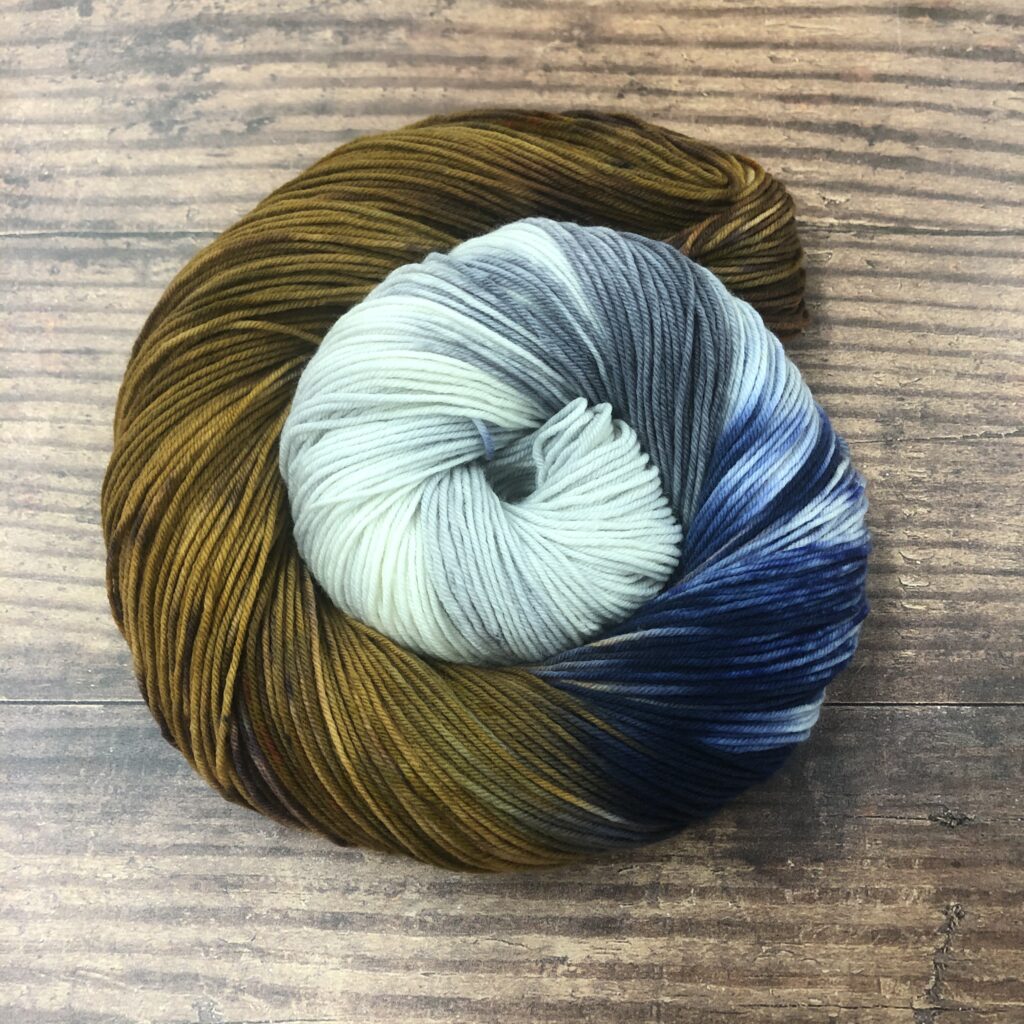It’s time once again to explore more National Parks through yarny goodness. Over the past four years, we have explored the United States through its National Parks, and in 2020, we will have represented them all. Many of these are lesser-known National Parks, and we hope you spend some time exploring them through the links we’ve shared.
Check out our Socks on Vacay/Socks on Staycay summertime sock knitting collaboration with our friend Shannon Squire, too: https://shannonsquire.com/socks-on-vacay-staycay-2020/
Thanks for exploring parks and making socks with us once again this summer! To get your yarn, check out our list of LYS’s offering National Parks (Parks yarn will ONLY be available at our LYS partners through the summer): https://knittedwit.com/
Where is this National Park located?
Kobuk Valley National Park is located in the Arctic region of northwestern Alaska, about 25 miles north of the Arctic Circle.

Whose land does this National Park reside upon?
Kobuk Valley National Park has been home to humans for as long as there have been people on this continent. During the last Ice Age, the valley remained free of ice and teamed with big game, including the woolly mammoth. Some of America’s very first inhabitants called Kobuk Valley their home. At a wide bend in the Kobuk River called Onion Portage, archeologists have found evidence that for at least 9,000 years, the caribou herd has been crossing the river there during their annual migrations. For just as long, humans have been gathering there to hunt them. Local Inupiaq Eskimos still hunt the caribou as they cross the Kobuk River at Onion Portage, just as their ancestors have done for ten thousand years.
When was it established as a National Park?
December 2, 1980
Why is this park amazing?
Kobuk Valley National Park is home to a rich and varied landscape. The mighty boreal forest reaches its northern limits here before giving way to the rolling expanse of the arctic tundra, creating an open woodland of birch and spruce carpeted with moss and caribou lichen. The park is bisected by the Kobuk River, which slowly meanders its way across the landscape for 61 miles. To the north of the river stretch the peaks of the Baird Mountains, while to the south lie the Great Kobuk Sand Dunes, the largest active sand dunes in the Arctic. Half a million caribou migrate through, their tracks crisscrossing sculpted dunes.
Why did we choose these colors?
The photo we chose to recreate in our Kobuk Valley skein shows the wide open sky, peppered with heavy clouds, over the sand dune’y valley. The mountains beckon in the distance. The skein mixes those blue-greys and browns in the most delightful way.
For more information:
- NPS website: https://www.nps.gov/kova/index.htm
- Instagram: https://www.instagram.com/kobukvalleynps/

